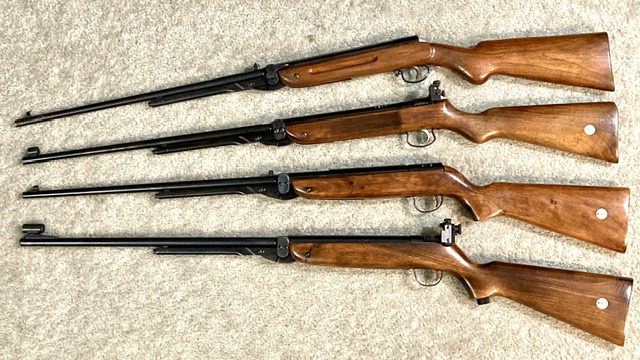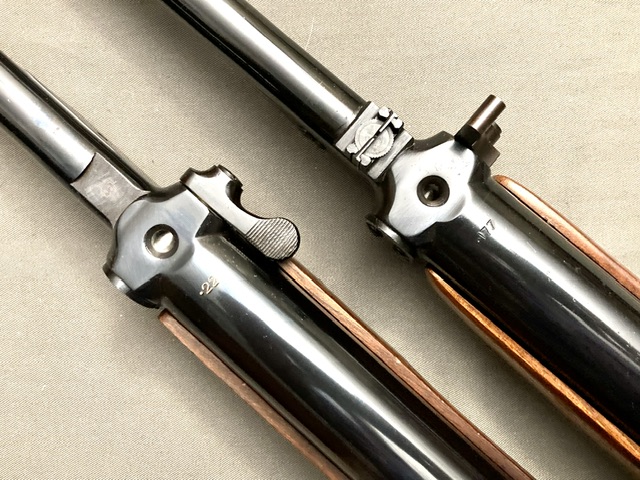Years ago my Son accidentally bumped the trigger on my BAM-26 while it was cocked on my bench. That trigger must have been set too light  .
.
During the sudden jolting movement the stock broke in two pieces and the barrel muzzle put a line on my chest....... Whew ............
While the gun was empty, I still dodged a bullet on that one .
.
The stock was an easy fix relative to what could've happened ........ be extra careful with kids around!

During the sudden jolting movement the stock broke in two pieces and the barrel muzzle put a line on my chest....... Whew ............
While the gun was empty, I still dodged a bullet on that one
The stock was an easy fix relative to what could've happened ........ be extra careful with kids around!
Upvote 0

